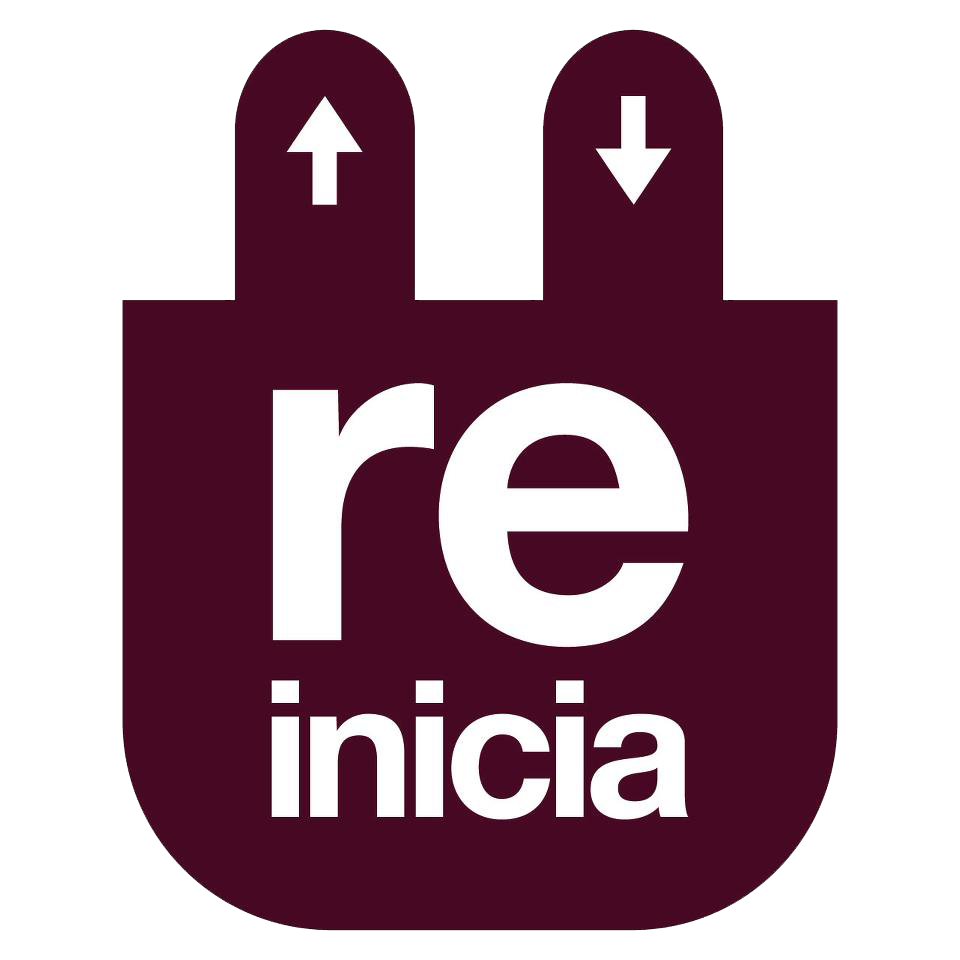Term: COAXIAL CABLE
A coaxial cable design is a structure in which the conductor is centered within another with both connectors transmitting current (from the source to the load and return). Every part of the cable is on the same axis (they are coaxial). They are used for high frequency signals. Coaxial cables have a much better response over 100 KHz than the twisted pairs. However, the coaxial cables are unbalanced lines designed to transmit unbalanced signal, so they lose the noise rejection feature that twisted pairs have working as balanced lines (balanced signal). The insulation between the conductor and shield of the coaxial cable affects the impedance and the durability of the cable.
Coaxial cables are used for video systems: CCTV (closed circuit television), CATV (cable TV), transmission of professional analog and digital video or digital audio (AES 3id). All of them have a characteristic impedance of 75 Ω.
If we talk about professional digital video we talk about SDI (Serial Digital Interface) and its versions: SD-SDI (Standard Definition), HD-SDI (High Definition), 3G-SDI (3 Gbps HD higher HD-SDI). These signals are transmitted through a single 75 Ω coaxial cable terminated with a 75 Ω BNC connector.
There are different digital video cables depending on the insulator and conductor diameter. The different models are identified according to its dimensions (in mm o inches), 1st number is the conductor diameter and 2nd number is the insulator diameter: 0.6/2.8, 0.8/3.7, 1.0/4.6, 1.4/6.6, o 1.6/7.2. The maximum length for a cable is specified by a return loss of 20 dB at half of clock frequency.






